The United States is filled with culinary treasures beyond the usual hotspots like New York or San Francisco. Hidden in charming towns across the country are local food scenes that rival major cities, offering everything from farm-to-table experiences to inventive street food. These towns combine history, culture, and unique flavors, making them must-visit destinations for food lovers seeking authenticity and character. Below, we explore 12 underrated U.S. towns where every meal feels like a discovery.
1. Asheville, North Carolina

Founded in 1797, Asheville has quietly become a food lover’s paradise in the Blue Ridge Mountains. Its culinary scene blends Southern comfort with innovation, offering farm-to-table restaurants, craft breweries, and artisan bakeries. Local favorites like fried green tomatoes and gourmet hot chicken sandwiches share space with inventive vegan and fusion cuisine. Farmers’ markets are vibrant hubs, where seasonal produce and handmade goods highlight the town’s commitment to fresh, local ingredients, making Asheville an essential stop for anyone passionate about food.
2. Traverse City, Michigan

Established in 1852, Traverse City is a charming lakeside town on Lake Michigan’s Grand Traverse Bay. Known primarily for cherry orchards, it has quietly developed a remarkable food culture. Locally sourced ingredients dominate menus, from artisanal cheeses to freshly caught fish. Vineyards and craft breweries contribute to a rich tasting scene, while downtown restaurants showcase a mix of rustic comfort and gourmet innovation. Visitors find seasonal food festivals and farmers’ markets that celebrate both regional heritage and culinary creativity, making the town a hidden gem for gourmands.
3. Santa Fe, New Mexico

Dating back to 1610, Santa Fe combines centuries of culture with a uniquely Southwestern food scene. The town’s cuisine reflects Native American, Spanish, and Mexican influences, featuring chiles, blue corn, and handmade tortillas. Local markets and historic plazas offer artisanal cheeses, spices, and traditional baked goods. Contemporary chefs have added inventive twists to classic recipes, blending old-world flavors with modern techniques. Visitors can explore food tours, cooking classes, and cozy cafes, all of which highlight the town’s passion for authenticity and innovation in each dish.
4. Burlington, Vermont
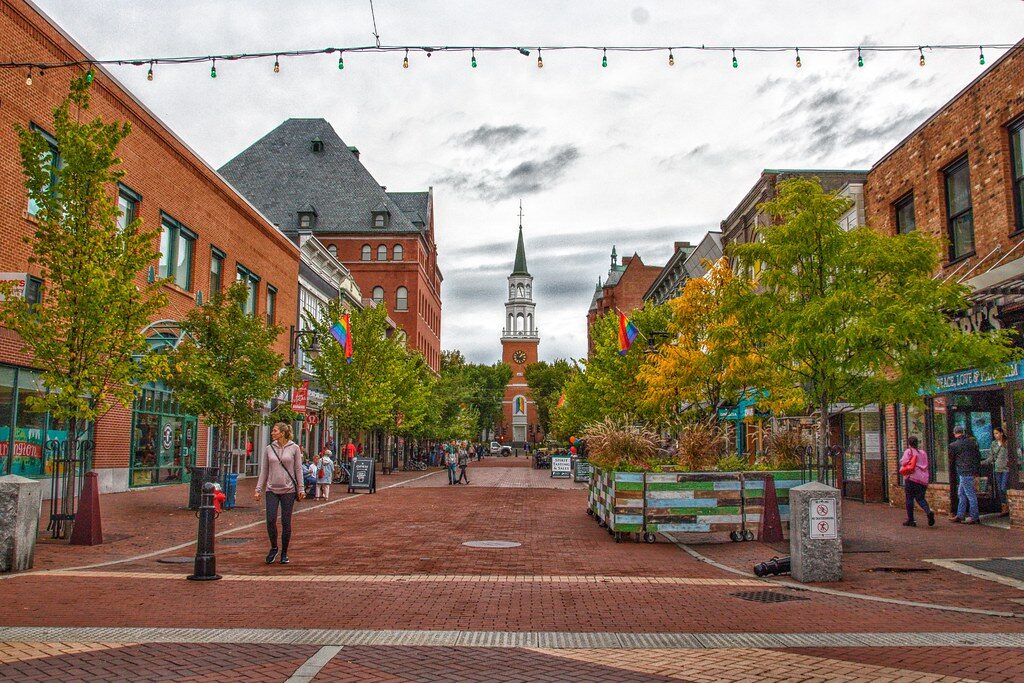
Founded in 1783, Burlington is a small city on the eastern shore of Lake Champlain with a surprisingly vibrant food scene. Emphasis on local, organic, and sustainable ingredients drives everything from its farmers’ markets to its creative bistros. Farm-to-table dining dominates menus, while local breweries and artisanal bakeries provide rich flavors year-round. Seasonal events celebrate Vermont’s agricultural heritage, with maple syrup, cheeses, and fresh produce taking center stage. This intimate town proves that you don’t need a big city to enjoy inventive, high-quality cuisine rooted in local tradition.
5. Olympia, Washington

Established in 1850, Olympia’s culinary landscape thrives on Pacific Northwest produce and innovative dining. Local restaurants emphasize sustainable seafood, organic vegetables, and house-made cheeses. Farmers’ markets are lively community hubs where artisanal breads, fresh flowers, and seasonal fruits abound. Coffee culture, craft breweries, and farm-to-table eateries contribute to a sophisticated yet unpretentious food scene. The town balances natural beauty with gastronomy, offering visitors a taste of local creativity in every bite, from hearty breakfasts to adventurous dinner menus that spotlight regional flavors.
6. Oxford, Mississippi
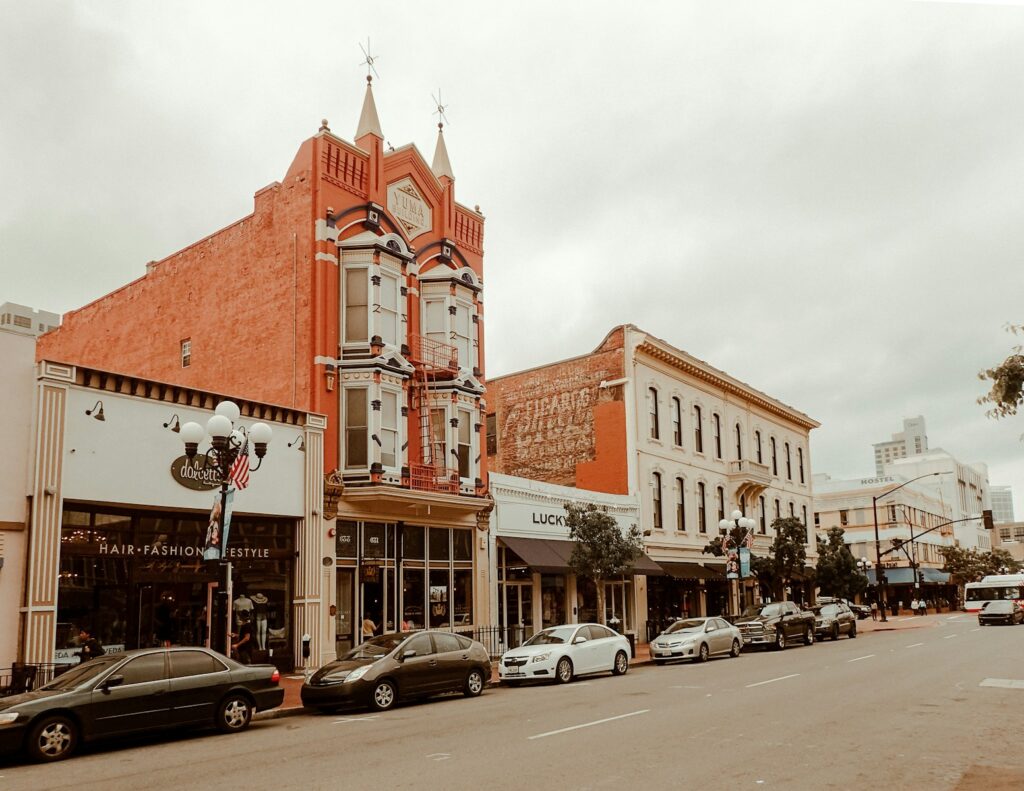
Oxford, incorporated in 1837, is famous for its literary heritage but equally impressive for Southern cuisine. Local chefs honor traditions while experimenting with new flavors, featuring dishes like fried catfish, gumbo, and biscuits with house-made jams. Farmers’ markets showcase seasonal produce, locally raised meats, and artisanal goods. Quaint cafes, barbecue joints, and elegant restaurants coexist, blending historic charm with modern culinary trends. Food festivals celebrate regional recipes, making Oxford an underrated destination for travelers who appreciate both history and a rich, authentic food culture.
7. Hood River, Oregon
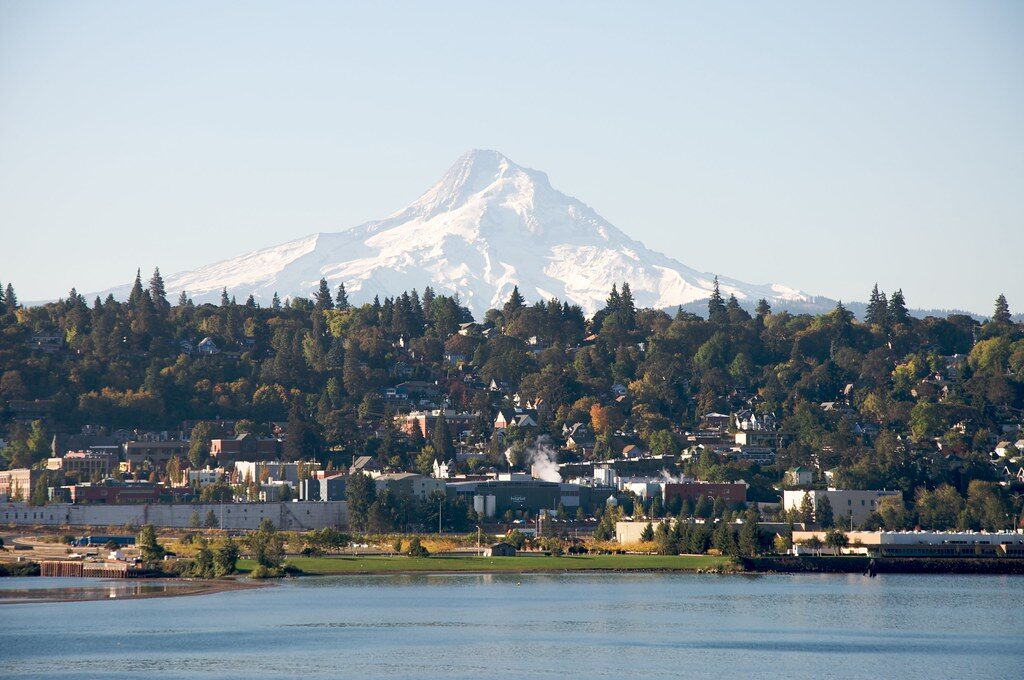
Founded in 1854, Hood River is perched on the Columbia River Gorge and boasts breathtaking views alongside a thriving food scene. Orchards and vineyards supply fresh fruits and wines, while local breweries and cideries highlight small-batch craft beverages. Restaurants emphasize seasonal, locally sourced ingredients, offering dishes from gourmet farm-to-table menus to casual riverside bites. Farmers’ markets and artisanal shops add to the community’s culinary charm. Hood River perfectly blends outdoor adventure with flavorful dining, making it an ideal destination for both nature lovers and food enthusiasts.
8. Galena, Illinois
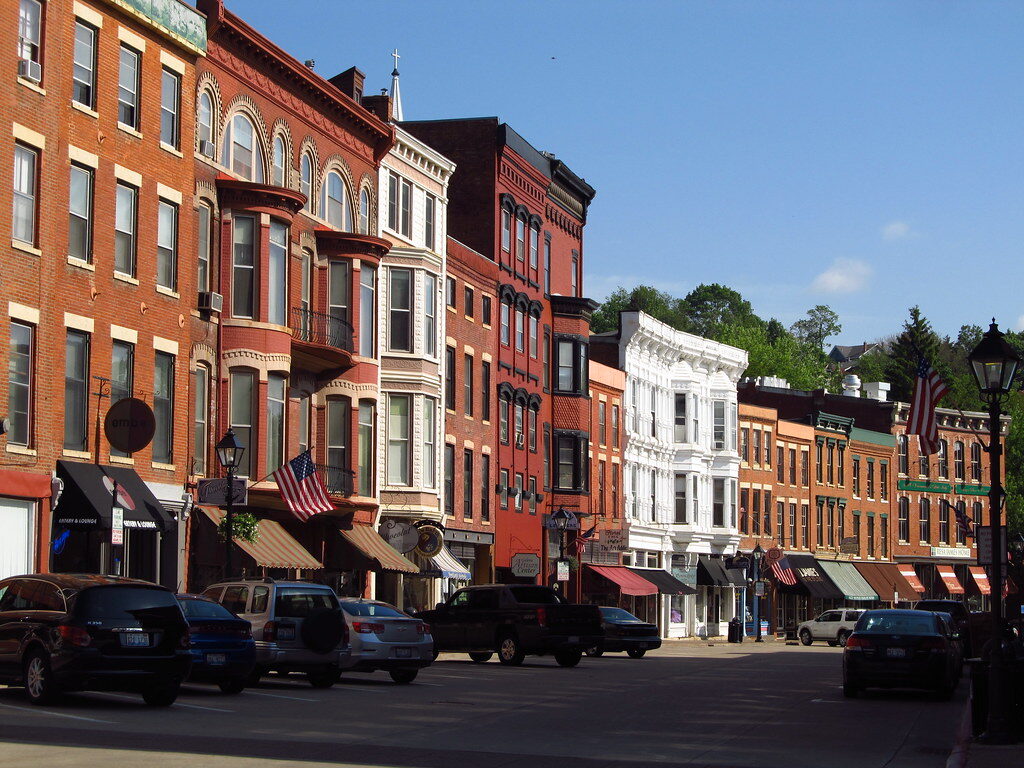
Established in 1826, Galena offers historic charm and a surprisingly robust food culture. Quaint cafes, wine bars, and upscale eateries thrive alongside 19th-century architecture. Locally sourced ingredients, including farm-fresh meats and produce, dominate menus. Seasonal festivals celebrate the culinary heritage of the region, with events highlighting chocolate, wine, and craft foods. Visitors can enjoy intimate dining experiences, explore local bakeries, and savor dishes that combine traditional Midwestern flavors with contemporary creativity. Galena proves small towns can deliver big flavors and memorable meals.
9. Beaufort, South Carolina

Founded in 1711, Beaufort sits on the Lowcountry coast, blending history with remarkable seafood cuisine. Shrimp, oysters, and fish appear on nearly every menu, often paired with Southern staples like grits and collard greens. Local markets offer fresh catches and farm-grown produce, emphasizing a connection to the region’s agricultural roots. Charming waterfront restaurants provide scenic dining, while chefs infuse traditional recipes with modern flair. Seasonal festivals celebrate culinary culture, making Beaufort a hidden gem where visitors can taste both history and inventive coastal dishes.
10. Marfa, Texas

Founded in 1883, Marfa is known for its art scene but equally for its unexpected culinary offerings. Local eateries blend Tex-Mex classics with creative farm-to-table cuisine. Small bakeries, coffee shops, and pop-up restaurants showcase seasonal ingredients from nearby farms. The town’s remote desert setting encourages culinary innovation, with chefs experimenting with local produce, meats, and spices. Farmers’ markets and food events highlight regional flavors, making Marfa a must-visit for adventurous eaters who want to explore both visual and gastronomic artistry in one unique, small-town experience.
11. Ithaca, New York

Founded in 1790, Ithaca sits at the southern tip of Cayuga Lake in the Finger Lakes region. Its food scene emphasizes sustainability, organic farming, and creative innovation. Restaurants showcase local produce, cheeses, and wines, while farmers’ markets provide an intimate community hub. Vegan and vegetarian options thrive alongside traditional dishes, reflecting the town’s progressive culinary culture. Seasonal festivals highlight local harvests and artisanal craftsmanship, making Ithaca a destination for visitors seeking diverse flavors, fresh ingredients, and the kind of culinary experiences usually reserved for larger cities.
12. Frederick, Maryland
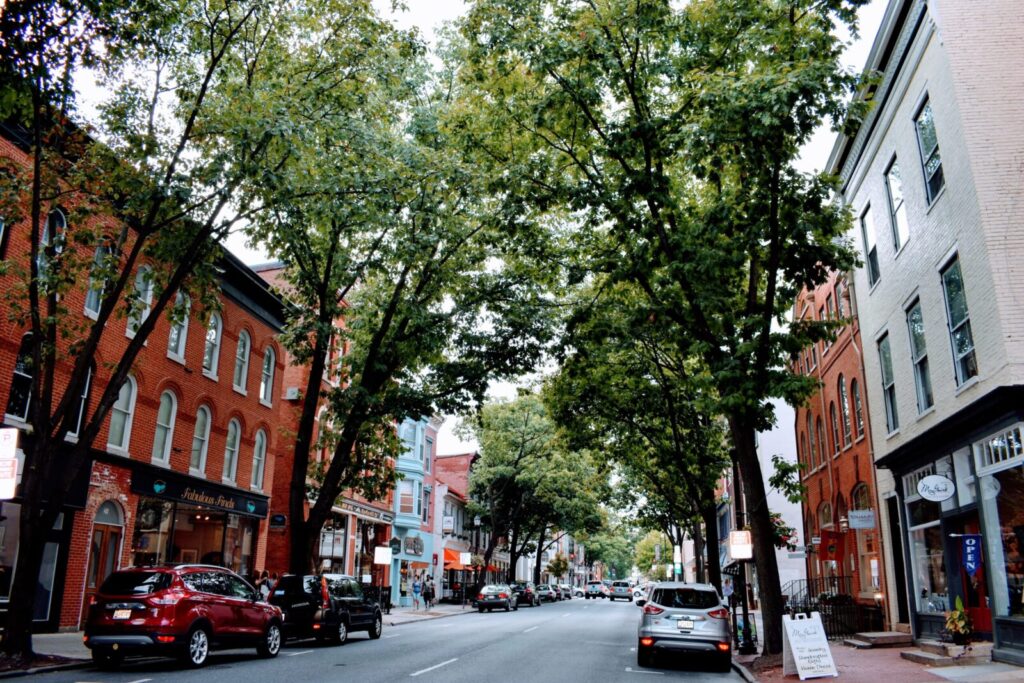
Incorporated in 1745, Frederick combines historic charm with a surprisingly dynamic food culture. Local restaurants focus on farm-to-table dining, with menus highlighting fresh meats, seasonal vegetables, and locally brewed beers. Quaint cafes and bakeries offer artisanal pastries and breads, while food festivals celebrate regional flavors. Downtown markets showcase everything from handmade chocolates to small-batch preserves. Frederick balances history and innovation, providing visitors with flavorful, authentic meals in an intimate setting, proving that some of the best American food experiences happen far from major metropolitan centers.
Comments